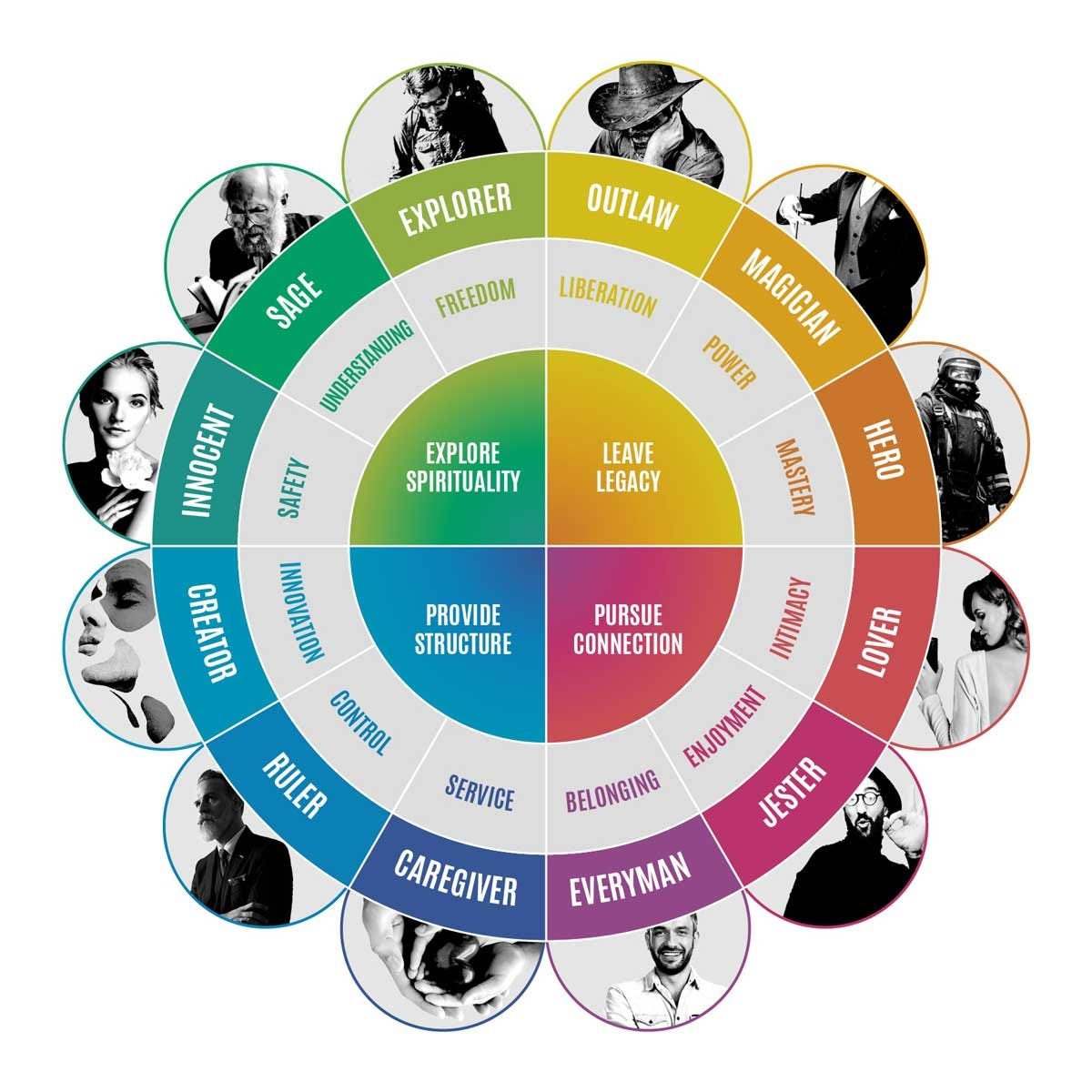Brand Personality: Giving Your Brand a Human Touch
In a marketplace saturated with functionally similar products and services, the strategic imperative for a brand is to transcend the transactional and forge a genuine, lasting connection with its audience. This is achieved not merely through superior quality or competitive pricing, but by cultivating a distinct and relatable brand personality. By personifying a brand—imbuing it with a set of human characteristics, values, and attitudes—companies can create an identity that resonates on a deeply psychological level, fostering loyalty that withstands market fluctuations and competitive pressures. [1][2] This deliberate process of humanization is the cornerstone of modern brand strategy, transforming passive consumers into an engaged community of advocates. [3][4]
The Psychological Foundation and Strategic Application of Brand Personality
The power of brand personality is rooted in fundamental human psychology, specifically the concepts of anthropomorphism and self-congruence. [1][5] Consumers subconsciously attribute human traits to brands, creating mental schemas that simplify choice and evoke emotional responses. [6][7] This tendency to humanize allows brands to move beyond their inanimate nature and become relatable entities. [5][8] The theory of self-congruence posits that individuals are drawn to brands whose personalities mirror their own self-concept or their aspirational self. [1][9] This alignment creates a powerful emotional bond, as the brand becomes a vehicle for self-expression and identity signaling. [10] Research has consistently shown that a strong, positive brand personality can significantly influence consumer behavior, leading to increased preference, trust, and loyalty. [9][11]
To strategically harness these psychological drivers, marketers often turn to established frameworks. The most prominent is Jennifer Aaker’s five dimensions of brand personality: Sincerity, Excitement, Competence, Sophistication, and Ruggedness. [1][12] This model provides a structured vocabulary for defining a brand’s character. For instance, a brand like TOMS, with its “One for One” giving model, epitomizes Sincerity through its perceived honesty and wholesomeness. [13][14] In contrast, Red Bull cultivates an Excitement-driven personality by consistently associating itself with extreme sports and high-energy adventures. [13][15] Another powerful framework is the concept of Brand Archetypes, derived from Carl Jung’s psychological theories. [16][17] These 12 universal archetypes—such as the Hero, the Sage, or the Outlaw—represent fundamental human motivations and narrative patterns. [3][18] By aligning with an archetype, a brand can tap into a “collective unconscious,” creating an immediate sense of familiarity and meaning. [17][18] Nike, for example, masterfully embodies the Hero archetype, inspiring consumers to overcome challenges with its “Just Do It” ethos. [15][19]
Cultivating Authenticity and Consistency Across All Touchpoints
The successful development of a brand personality hinges on two critical pillars: authenticity and consistency. [4][19] Authenticity requires that the chosen personality is not an arbitrary marketing veneer but a genuine reflection of the company’s core values, mission, and actions. [20][21] Consumers are increasingly adept at detecting incongruence; a brand that projects a personality misaligned with its actual business practices will be perceived as disingenuous, leading to a swift erosion of trust. [4][19] Building an authentic brand is a long-term commitment that involves consistently delivering on promises and nurturing customer relationships. [4][20] This authenticity must be championed internally, ensuring that employees understand and embody the brand personality in every interaction, as they are the most direct and influential brand ambassadors. [5][19]
Consistency is the mechanism through which a brand personality becomes ingrained in the public consciousness. [19][22] Every point of contact a consumer has with the brand—from its logo and color palette to its advertising and customer service—must reinforce the same core traits. [23][24] This is achieved by establishing and adhering to clear brand guidelines that govern both visual and verbal communication. [22][25] The brand’s tone of voice, which is the verbal expression of its personality, must be consistent across all channels, whether it’s the witty and sassy persona of Wendy’s on Twitter or the reassuring and competent language used by a financial institution. [26][27] Similarly, the visual identity—encompassing typography, imagery, and color psychology—must work in harmony to evoke the desired emotional response and solidify the brand’s character. [23][24] This relentless consistency across all platforms builds a coherent and reliable brand image, fostering the trust and recognition essential for long-term success. [19][28]
Navigating Challenges and Measuring Impact
Developing and maintaining a potent brand personality is not without its challenges. A primary hurdle is ensuring consistency across an ever-expanding array of touchpoints, from social media to in-store experiences. [22][28] Any deviation can dilute the brand’s identity and confuse consumers. [22] Another significant challenge is balancing a universal appeal with cultural relevance, especially for global brands, as personality traits can be perceived differently across cultures. [22] Furthermore, there is the risk of the personality becoming stale or irrelevant as market trends and consumer values evolve. [28] Brands must remain agile, continuously monitoring their perception and being willing to adapt without losing their core essence. [28][29]
Measuring the return on investment of a brand personality can seem abstract, but its impact is tangible and can be assessed through various metrics. The ultimate goal is to build brand equity—the value a brand holds in the minds of consumers. [2][30] This can be observed through increased customer loyalty, a willingness to pay a premium, and positive word-of-mouth. [9][19] Empirical studies have demonstrated a direct correlation between specific brand personality dimensions and consumer behavior. For example, research on laptop purchases found that traits like Competence, Ruggedness, and Sophistication significantly influenced consumer choice. [31] Marketers can use qualitative methods like focus groups and interviews to gain deep insights into consumer perceptions and emotional connections. [5] Quantitative methods, such as surveys and brand tracking studies, can measure shifts in brand perception and loyalty over time, providing concrete evidence of the personality’s effectiveness and its direct contribution to the bottom line. [5][32]



